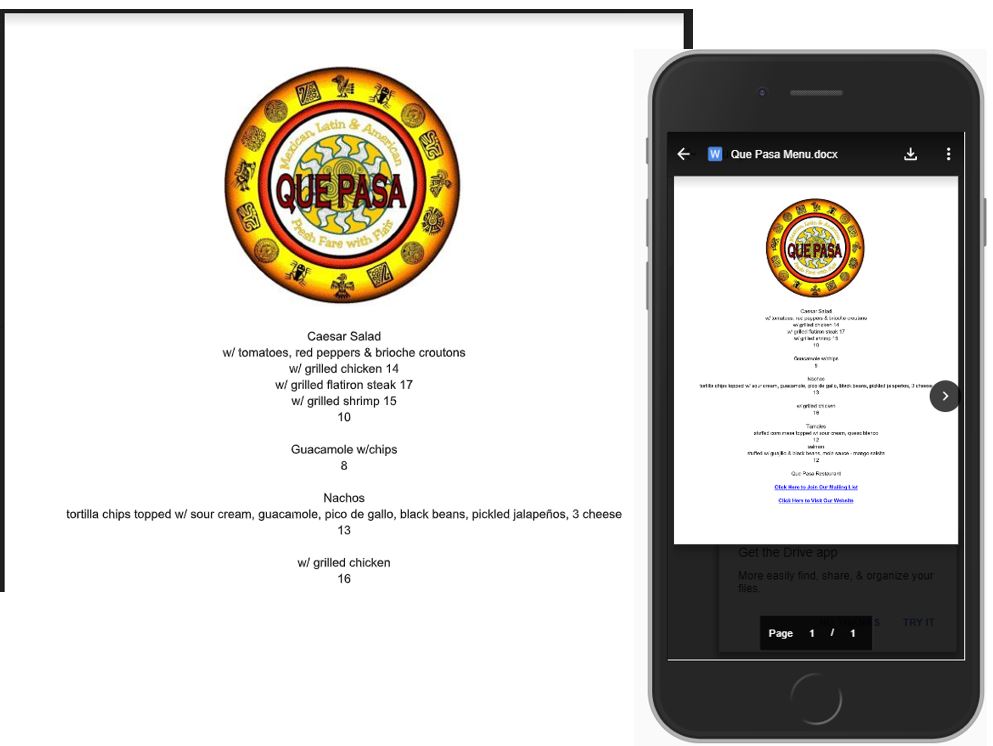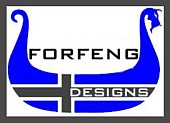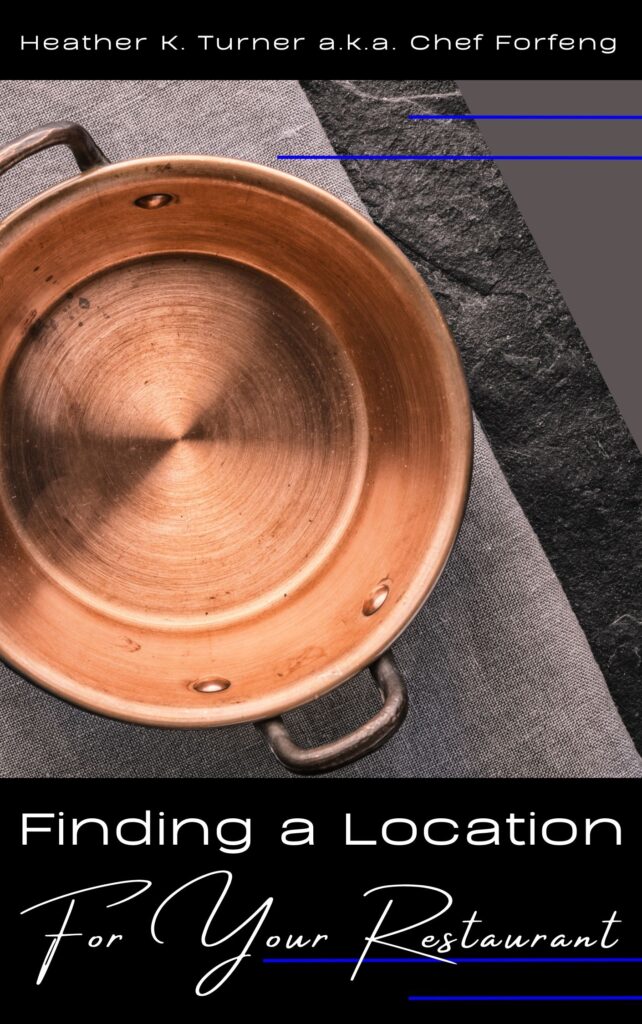
Not a working QR code, just an example
This past Monday I ran a workshop session for my SCORE chapter, Restaurants, Mastering the Art of Takeout. One of the topics I touched on was QR codes and how restaurants and other foodservice establishments could leverage use QR codes in conjunction with Google Docs to be creative with their menus as well as offer things like reheating instructions for takeout to customers without having to add a printed piece of paper to the takeout order. I had written a blog post touching briefly on this topic last month, Tackling Some of the Challenges of Takeout Food for Restaurants.
Before I dive into some of the uses, there are somethings I want to touch on first. This is something I have been discussing with many of my own business clients for months.
If you are not familiar with Google Docs, it’s Google’s free online alternative to Microsoft office, there are also Google Sheets (like Excel), Google Slides (like Powerpoint), and quite a few more applications. I like using the online applications because you can share with anyone, share editing capability with anyone, access it from anywhere, and unlike desktop-based programs, which even if autosave is turned out, you may lose content if you have a power outage or other computer issue. When you add something in a Google Doc, it’s still there even if you get booted off the internet or you go offline for other reasons.
If you are looking for help with the Google applications, Google itself has a lot of resources, https://support.google.com/a/users/answer/9282664?hl=en and https://support.google.com/docs/?hl=en#topic=1382883 have some great tutorials. There are also some very helpful tutorial/help documents at https://edu.gcfglobal.org/en/googledocuments/.
If you are not overly familiar with QR Codes, this might also be useful. I am glad to see the resurgence of them because they had so many practical applications and were also often misused but that’s a topic for another blog, but if you want a laugh, this is probably my favorite UnMarketing video featuring Marketing Guru (and I don’t apply the term Guru lightly to anyone) Scott Stratten, QR Codes Kill Kittens. It looks like a session he did at one of the conferences he speaks at but sadly it doesn’t say which it. Scott is also one of my favorite people to follow on Twitter.
Before you create your first QR code, read the difference between both, and make sure you read the fine print before you set up and start using them in your business. I bring this up because many Dynamic QR Code creation platforms offer it as “free” but it’s not really, it’s a free trial or they don’t actually point out that heaven forbid you actually want to edit/change any links after you’ve created them…….you have to pay for them.
Static QR Code: A Static QR Code contains information that is fixed and un-editable once the Code has been generated.
Dynamic QR Code: Dynamic QR Codes allow you to update, edit, and change the type of the QR Code however many times you need, which makes them the best fit for restaurants and marketing purposes.
Back to the topic at hand ?
With many menus now only being hosted solely online and traffic driven to them in-house from QR codes or having to do daily printed menus for safety reasons, having an easily editable and also (and this is important) mobile-friendly version of your website is key. While you can tie your menus into online ordering if you want people to call or email or message you to make a takeout order instead of ordering through an app or website, being able to easily edit and change your menus becomes a higher priority, especially if you employ a web designer to maintain your website and who would charge you every time you wanted to make a menu change. While you can upload a photo or image of the menu daily or embed a word doc or other type of document, while it may look great on a desktop or laptop, it’s not generally mobile-friendly.
I bring this up because I’m seeing a lot of this recently. A mobile-friendly website with an image in it (the menu) that is too small to read on mobile because it doesn’t resize. Example one below, example two (Below that) is what a Google Doc looks like on mobile.


Even if you don’t want to use Google Docs for the above reason, it is something to think about if you are giving people heating or re-heating instructions for items, think about doing a Google Doc for menu items and doing a QR code with a link to the online instructions to reheat them. These QR codes can be easily printed off using an in-house printer and Avery labels and stuck onto the outgoing takeout containers. Whether you do one document that has general heating instructions for all, one that has individual heating instructions for everything that could be reheated on the menu (remember this is extremely easy to change the information online and an update is instantaneous) or customized documents for each with different QR codes is up to you. The QR code on the below sample actually works, any links to my Twitter account, come on over and say hello!

In a few weeks, I’ll be doing a follow-up Webinar for SCORE (these are free so I encourage people to take advantage of both SCORE national and regional/state offerings as they come up.)


